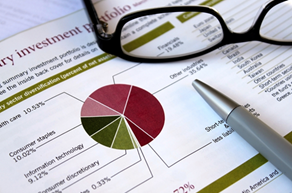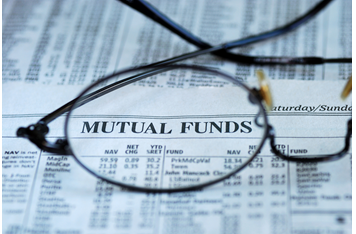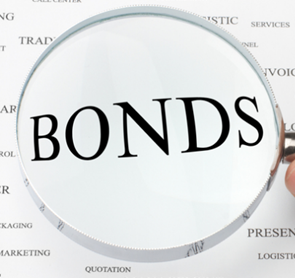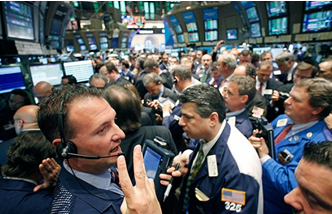Stock Trading Risks & Rewards
Lots of individual investors follow a "buy and hold" investing strategy approach. Such investors normally conduct basic fundamental analysis on a stock after which they invest for the long term.
However, for those investors seeking slightly higher risk (and subsequent higher returns), stock trading could be an exciting investing endeavor.
From a trading perspective, you could potentially earn higher returns faster than your "buy and hold" investor peers. Many day traders, hedge fund managers and trading houses make their living off trading. By watching the market closely, reading technical signals and keeping your ear to the news (and rumor) mill, you as an individual investor can nimbly jump in and out of the market and score big in the process.
Beware of the Risks
While the rewards of online trading are alluring, one should be aware of the potential risks too. One false move and you could lose most of your investment in a single risky trade. And that's why every trader needs to be aware of what's at stake before hitting the buy, sell or short button.
In the same way that long term investors build an investment plan before building their portfolios, active investors with a trading strategy approach should assess the risks of a trade, versus potential rewards, before pulling the trigger.
Before entering a trade, it is beneficial to consider the below list of factors:
(Even if you don't like the answers you get, it does not necessarily mean the trade is a bad one. However, at minimum it will ensure that you are entering the trade with your eyes wide open, and are less likely to be blindsided by some of these risks.)
Factors to Consider before Entering a Trade
- Trade Loss Risk: By making this trade, are you risking more than your appetite for a single-trade loss can withstand?
- Portfolio Loss Risk: Assuming you use Stop Losses (a topic for later discussion), could this single transaction cause you to lose a much bigger portion of your overall portfolio than you'd like, in the event that you are stopped out?
- Exit Risk: Should you decide to exit a position at a price other than your designated Stop Price, what risks will it expose your portfolio to?
- Holding Risk: Will this trade mean you are holding too much of one single stock in your portfolio? (i.e. is 40%/50%/etc. of your investment on this one stock?).
- Sector Risk: Will this trade mean you are holding too much of one particular sector in your portfolio?
Stock Trading Exit Strategy – The End Game Comes First
Just like any investment approach, knowing when to exit a trade is crucial to a successful trading strategy. However, knowing when to exit your position even before you enter it is the most prudent of all tactics that successful traders employ. If you don't have an exit strategy for a particular trade, savvy traders will caution against entering into it.
Why? Because of the tremendous volatility that trading implies. While a "buy and hold" strategist can take hours or even days to confidently decide what his or her next move should be, traders need to be nimble in order to win the day. Sometimes, split second decision-making could mean the difference between huge gains or losses. Many a fortune has been lost on impulse moves. Having a carefully devised exit strategy ahead of time will give you the discipline to follow a plan that you already have given forethought to.
(By: Monty R. – MarketConsensus News Contributor)
Good luck in your investing. Let us know if you have any questions, comments or feedback,
MarketConsensus Stock Analysis Team
Stay in Touch:
Facebook (Like Us on Facebook)
Twitter (Follow Us on Twitter)
Google + (Connect with Us on Google+)
Contact Us (Questions/Comments)
————————————————————————————————-
[related2][/related2]





